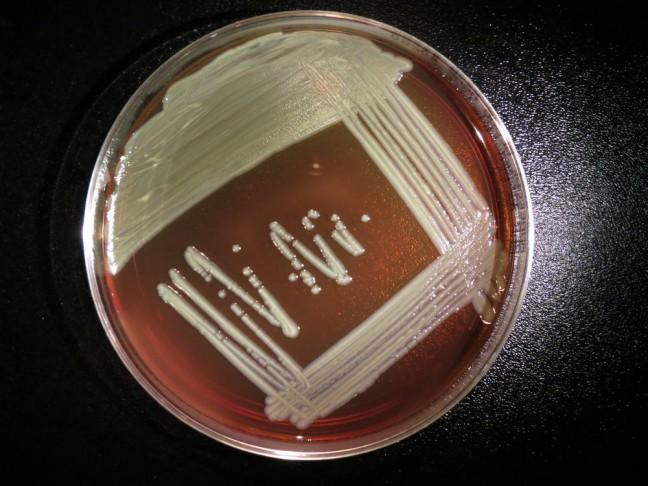Furthering attempts to control the disease’s outbreak in the state, Gov. Scott Walker created nine new positions in Wisconsin Department of Health Services to work toward locating the source of the Elizabethkingia anophelis bacteria.
The outbreak is growing the fastest in Wisconsin and cases have increased from 44 to 63 since March. Out of these, 19 fatalities have been reported, DHS spokesperson Jennifer Miller said. Not all of these cases have been traced to the bacteria, but experts say it could be a likely cause.
The bacteria’s source is still unknown and is becoming a growing cause of concern among medical experts in the state, Miller said.
“This is largest outbreak of Elizabethkingia anophelis ever recorded in the United States and at this time, the source of these infections is unknown,” Miller said.
The bacteria mostly infects people over 65 years old and those with already-compromised immune systems, Miller said. Most people who recover from the infection do not experience any long-term side effects, Miller said.
The signs and symptoms of illness that can result from exposure to the bacteria can include fever, shortness of breath, chills or cellulitis. Confirmation of the illness requires a laboratory test.
Nasia Safdar, infection control medical director at University of Wisconsin Hospital and Clinics, said most infections occur in healthcare settings, where water, infusions, fluids and contaminated environments could be responsible. But she said the Elizabethkingia outbreak is different because not all patients have been in such settings, which makes it difficult to point to one cause.
Safdar said not knowing the source of the bacteria makes it difficult to predict how the outbreak will progress. More cases could occur or it could level off, she said.
“At this point, the source is unknown, but multiple samples from multiple sources have been collected to determine a likely source,” Safdar said.
UW students have been doing research on Elizabethkingia, but not in the context of the outbreak, Safdar said. There has been little need for such research, but she said the students’ findings could be helpful to learn more about the infection it causes.
Miller said DHS has reached out to health care providers, infection preventionists and laboratories across the state when the disease broke out. The Centers for Disease Control and Prevention has also assisted DHS in locating the source of the bacteria-caused infections. She said Walker’s approval of positions to assist DHS in searching for the source of the bacteria and stemming the outbreak has been greatly appreciated.
Walker said in a statement the nine new positions also address disease outbreaks traced to the Zika virus and Tuberculosis. He said tracing the Elizabethkingia infections’ source is even more complicated compared to others because it is a rare disease.
“Our team at DHS’ Division of Public Health has been working aggressively to locate the source of Elizabethkingia outbreak since the first notification,” Walker said in the statement. “We need to make sure we have the resources to address the risk, and do whatever we can to keep Wisconsinites safe.”
The nine positions have not yet been filled, but Wisconsin DHS and CDC continue to work toward tracing Elizabethkingia’s source.


